Home>Garden Essentials>Garden Plants>How To Take Thyme Leaves Off The Stem
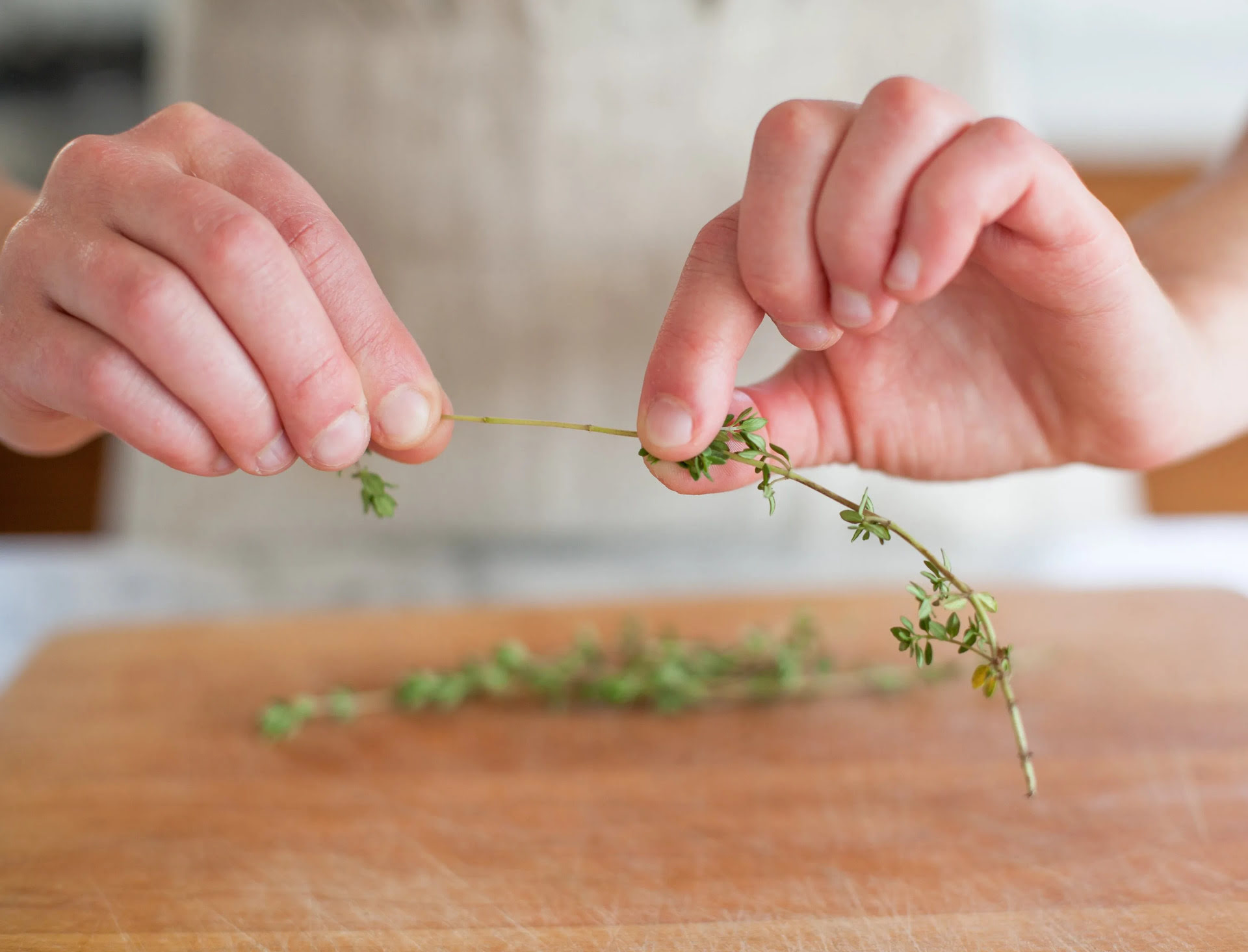

Garden Plants
How To Take Thyme Leaves Off The Stem
Modified: February 17, 2024
Learn how to easily remove thyme leaves from the stem with this step-by-step guide. Discover the best techniques for handling thyme plants and enhancing your culinary creations.
(Many of the links in this article redirect to a specific reviewed product. Your purchase of these products through affiliate links helps to generate commission for Storables.com, at no extra cost. Learn more)
Introduction
Thyme is a versatile and aromatic herb that is commonly used in cooking, herbal remedies, and even as a decorative plant. Whether you are preparing a delicious recipe or looking to make an herbal infusion, one essential step is to remove the thyme leaves from the stem. This process allows you to fully harness the rich flavor and aroma of the herb.
In this article, we will explore the reasons why it is necessary to take thyme leaves off the stem and provide you with various methods to accomplish this task effectively. By learning these techniques, you can elevate your culinary skills and enhance the potency of your herbal concoctions.
Key Takeaways:
- Elevate your culinary skills and herbal concoctions by effectively removing thyme leaves from the stem. Choose from four methods, including freezing, for a seamless and flavorful experience.
- Whether you prefer a tactile approach or a hands-off method, mastering thyme leaf removal enhances your cooking journey. Experiment with stripping, forking, colander, or freezing techniques to unlock the herb’s full potential.
Read more: How To Store Fresh Thyme Leaves
Why remove thyme leaves from the stem?
Thyme leaves contain essential oils that give the herb its distinct flavor and aroma. However, these oils are primarily concentrated in the leaves rather than the stem. Therefore, removing the leaves from the stem is crucial to fully harness the flavor profile of thyme in your dishes.
When cooked or infused, the leaves release their essential oils, infusing the dish with a delightful fragrance and taste. Leaving the stem attached to the leaves can result in a less potent flavor, as the oils within the stem are not as concentrated.
Besides the flavor-enhancing benefits, removing thyme leaves from the stem also improves the texture of your dishes. The stem of thyme is woody and can be tough, which can be undesirable in certain recipes. By removing the leaves, you ensure a smoother and more enjoyable culinary experience.
In addition to culinary reasons, there are practical reasons for removing thyme leaves from the stem. If you plan to use thyme in an herbal remedy or tea, it is essential to separate the leaves from the stem to maximize the therapeutic properties. The leaves contain compounds that have medicinal benefits, including anti-inflammatory, antimicrobial, and antioxidant properties.
Now that we understand the importance of removing thyme leaves from the stem, let’s delve into the various methods you can use to accomplish this task.
Methods for taking thyme leaves off the stem
There are several methods you can use to remove thyme leaves from the stem, depending on your preference and the tools you have on hand. Let’s explore four popular methods:
- Stripping the leaves with your fingers
- Using a fork to remove the leaves
- Pulling the stem through a colander
- Freezing the thyme to easily remove the leaves
Each method has its own advantages, so feel free to experiment and find the one that works best for you.
Method 1: Stripping the leaves with your fingers
One of the simplest and most effective methods for removing thyme leaves from the stem is by using your fingers. This method requires no special tools and allows you to have full control over the process.
To begin, hold the thyme stem near the top and firmly pinch the stem with one hand. Gently slide your fingers down the stem in the opposite direction of the way the leaves grow. Apply a moderate amount of pressure to loosen the leaves from the stem while being careful not to excessively bend or break the stem.
Continue this motion, moving your fingers along the stem, until all the desired leaves have been removed. It is best to work from the top of the stem and move downward to avoid damaging the delicate leaves.
If you encounter some stubborn leaves that are not easily removed, you can use your other hand to help pinch and release them from the stem. Repeat this process until you have removed all the leaves you need.
Once you have stripped all the thyme leaves, give them a quick rinse under cold water to remove any debris or dirt. Pat them dry with a paper towel or a clean cloth, and they are ready to be used in your culinary creations or herbal preparations.
This method is not only effective but also allows you to connect with the herb on a tactile level, enhancing your overall cooking experience. Plus, it’s a great opportunity to appreciate the natural beauty and fragrance of thyme.
Now that you have mastered the art of removing thyme leaves with your fingers, let’s explore another method using a fork.
To easily remove thyme leaves from the stem, hold the top of the stem with one hand and run your fingers down the stem in the opposite direction of the leaves. The leaves should easily come off.
Method 2: Using a fork to remove the leaves
If you prefer a slightly different approach to removing thyme leaves, using a fork can be an efficient method. This technique allows you to quickly separate the leaves from the stem without using your fingers directly.
To start, hold the thyme stem near the top, just as you would with the previous method. Take a fork, preferably a small or medium-sized one, and hold it firmly in your other hand.
With the fork in hand, insert the tines (the pointy prongs) of the fork into the stem, close to where the leaves meet the stem. Gently pull the fork downwards along the stem, firmly but not too forcefully. The tines of the fork will grab onto the leaves and strip them away from the stem.
Continue sliding the fork along the stem, removing the leaves as you go. If you encounter any leaves that are not easily stripped off, you can use the fork to help pry them away from the stem.
Once you have finished, give the separated thyme leaves a quick rinse under cold water to remove any dirt or debris. Make sure to gently pat them dry with a paper towel or a clean cloth before using them in your recipes.
This method provides a quick and convenient way to remove thyme leaves, especially if you have a large quantity to process. The fork acts as a handy tool to facilitate the separation process, allowing you to efficiently strip the leaves from the stem.
Now that you are familiar with using a fork, let’s explore method 3, which involves using a colander.
Read more: How To Dry Out Thyme Leaves
Method 3: Pulling the stem through a colander
If you’re looking for a method that allows you to remove thyme leaves with minimal effort and cleanup, pulling the stem through a colander can be a convenient option. This method effectively separates the leaves from the stem while containing them within the colander, making cleanup a breeze.
Start by selecting a colander with small holes, ideally one that fits comfortably in your hand. Place the colander over a bowl or a clean surface to catch the removed leaves.
Hold the thyme stem near the top and insert it into one of the holes in the colander. Make sure the stem is securely held by the hole.
With a firm grip on the stem, gently pull it through the hole, allowing the leaves to be stripped off in the process. As you pull the stem through, the leaves will separate from the stem and collect within the colander.
Continue sliding the stem through the colander, extracting the leaves as you go. If needed, use your other hand to help push or guide the stem through the holes, especially if the stem becomes tangled or stuck.
Once you have pulled the stem through the colander, you will be left with a bowl or a surface filled with thyme leaves, ready to be used in your culinary endeavors. Discard the remaining stem or compost it.
Give the collected leaves a quick rinse under cold water to remove any residual debris. Remember to pat them dry with a paper towel or a clean cloth before incorporating them into your recipes.
This method not only provides an efficient way to remove thyme leaves but also minimizes the mess and cleanup involved. It is particularly useful when dealing with a larger quantity of thyme or when you prefer a hands-off approach.
Now that you are familiar with the colander method, let’s explore a different technique using freezing to facilitate the removal of thyme leaves.
Method 4: Freezing the thyme to easily remove the leaves
If you find it challenging to remove thyme leaves from the stem using conventional methods, freezing the herb can make the process much easier. Freezing helps loosen the leaves from the stem, allowing for effortless removal and ensuring none of the precious flavor is wasted.
To begin, start by gently rinsing the thyme sprigs under cold water to remove any dirt or debris. Pat them dry with a paper towel or a clean cloth.
Next, arrange the thyme sprigs on a baking sheet lined with parchment paper or a silicone mat, making sure they are not touching each other. Place the baking sheet in the freezer and allow the thyme to freeze completely. This will usually take a few hours.
Once the thyme is frozen, remove the baking sheet from the freezer. Grab a frozen thyme sprig and hold it near the top. With your other hand, firmly grasp the stem and twist it gently. You will notice that the frozen leaves easily detach from the stem with minimal effort.
Continue twisting and pulling the stem until all the frozen leaves have separated. If needed, you can use a fork or your fingers to help release any stubborn leaves.
Keep in mind that frozen thyme leaves can be quite delicate, so handle them with care to avoid any breakage. If the thyme starts to thaw and becomes difficult to work with, simply place it back in the freezer for a few minutes to firm up.
Once you have successfully removed all the leaves, store them in an airtight container or a resealable bag and return them to the freezer. This way, you can conveniently access individual leaves whenever you need them, without any fuss or waste.
By freezing thyme before removing the leaves, you save time and effort, allowing for a more seamless and efficient process. This method is especially helpful when dealing with a large batch of thyme or when you want to save time in the kitchen.
With these four methods at your disposal, you can easily remove thyme leaves from the stem and unlock their full potential in your culinary creations or herbal remedies.
Now that you have gained a comprehensive understanding of the different techniques, feel free to choose the method that best suits your preferences and needs. Happy thyme leaf removal!
Conclusion
Taking thyme leaves off the stem is a crucial step to fully enjoy the flavor, aroma, and benefits of this versatile herb. Whether you’re using it in culinary dishes or herbal preparations, removing the leaves allows you to fully harness the potent properties of thyme.
In this article, we explored four effective methods for removing thyme leaves from the stem. From stripping the leaves with your fingers to using a fork, pulling the stem through a colander, or freezing the thyme, each method offers its unique advantages and convenience.
Stripping the leaves with your fingers provides a tactile and immersive experience, fostering a connection with the herb. Using a fork offers a quick and efficient approach, while pulling the stem through a colander minimizes mess and makes cleanup effortless. Freezing the thyme prior to removal simplifies the process and ensures that no flavor is wasted.
Now armed with these methods, you can confidently handle thyme, whether in the kitchen or in your herbal remedy preparations. Choose the method that best suits your needs and preferences, and enjoy the delightful taste and aroma that fresh thyme can bring to your culinary creations.
Remember to rinse the separated leaves after removal, as this step helps remove any dirt or debris. Pat them dry before incorporating them into your recipes or storing them for future use.
So, get ready to elevate your dishes with the vibrant flavors and aromas of thyme by mastering the art of separating the leaves from the stem. Explore these methods, experiment, and find the technique that works best for you.
With patience, practice, and a touch of thyme, your culinary journey is sure to be enhanced. Happy cooking and creating!
Frequently Asked Questions about How To Take Thyme Leaves Off The Stem
Was this page helpful?
At Storables.com, we guarantee accurate and reliable information. Our content, validated by Expert Board Contributors, is crafted following stringent Editorial Policies. We're committed to providing you with well-researched, expert-backed insights for all your informational needs.
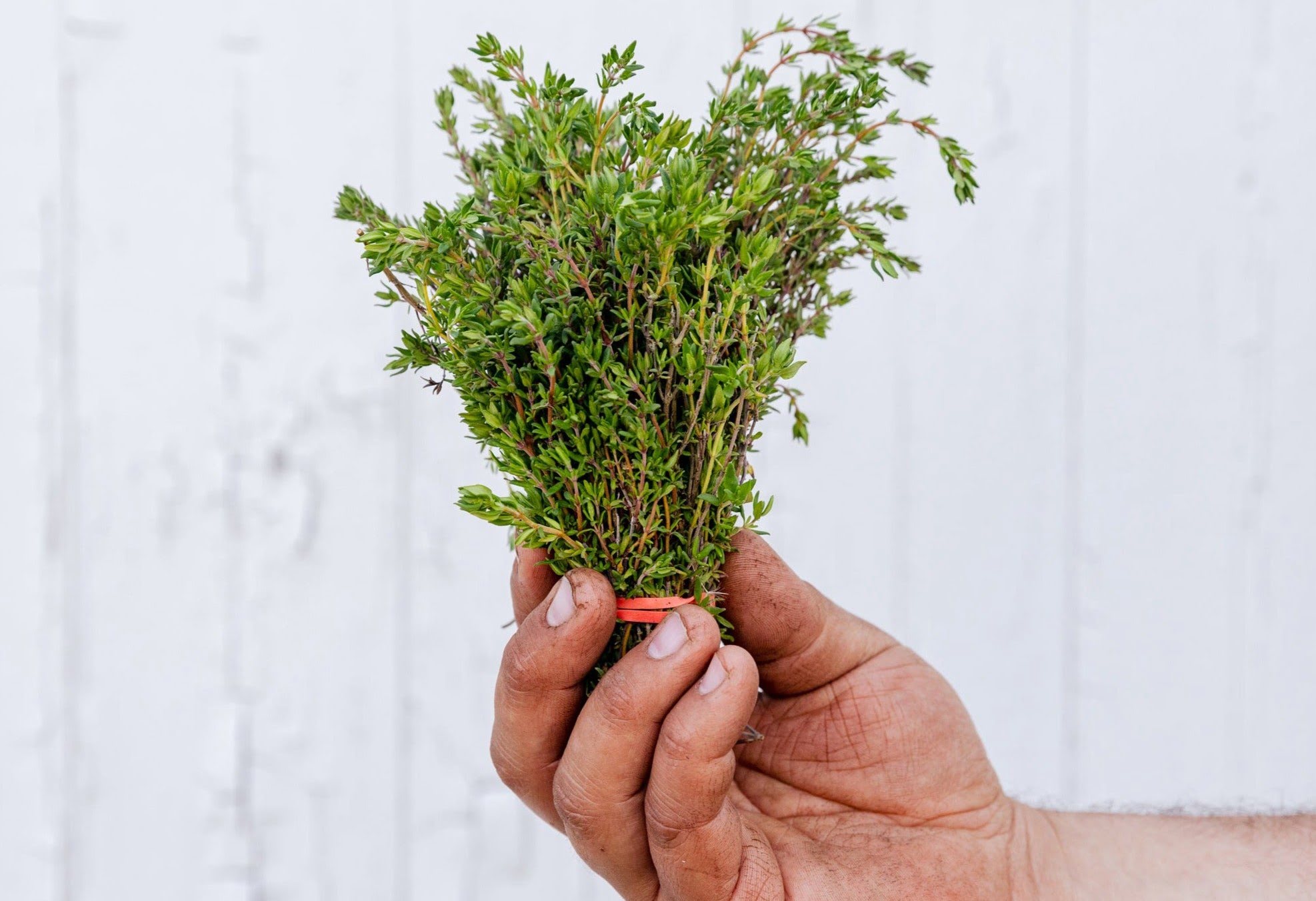
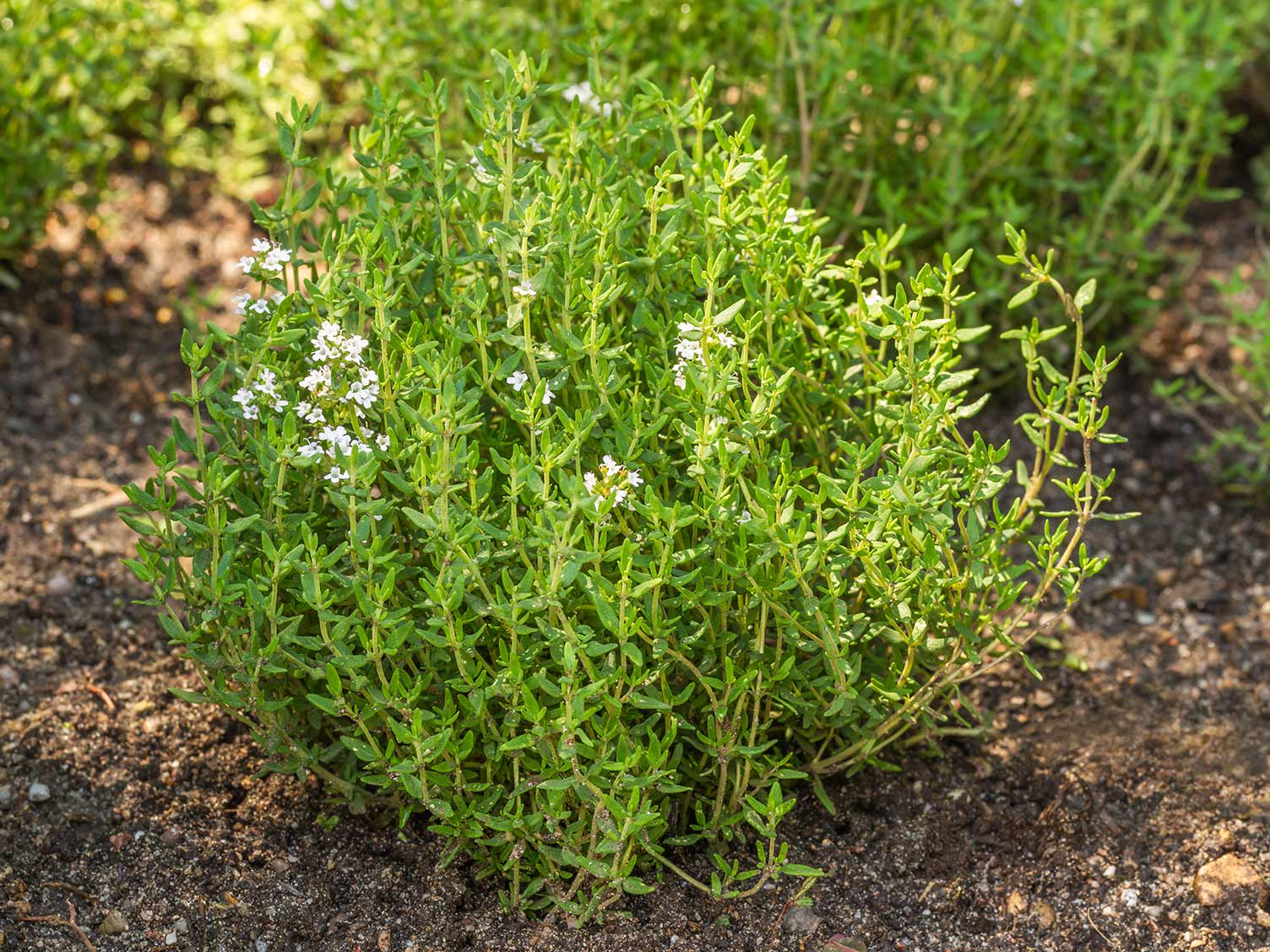
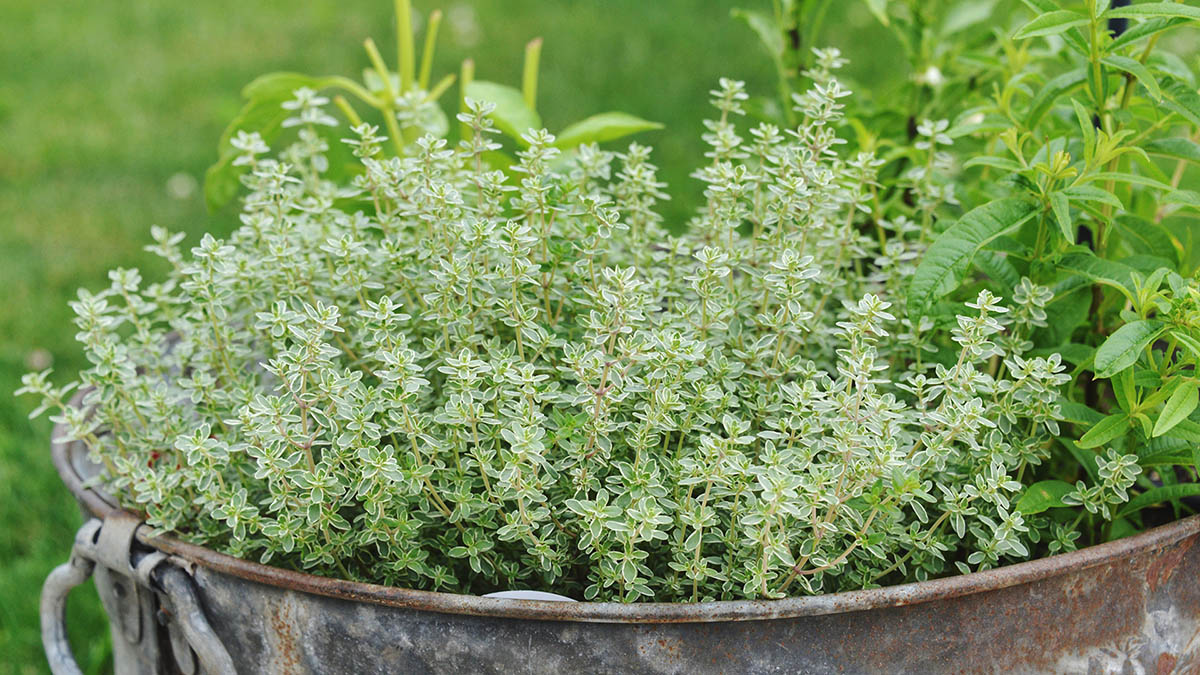

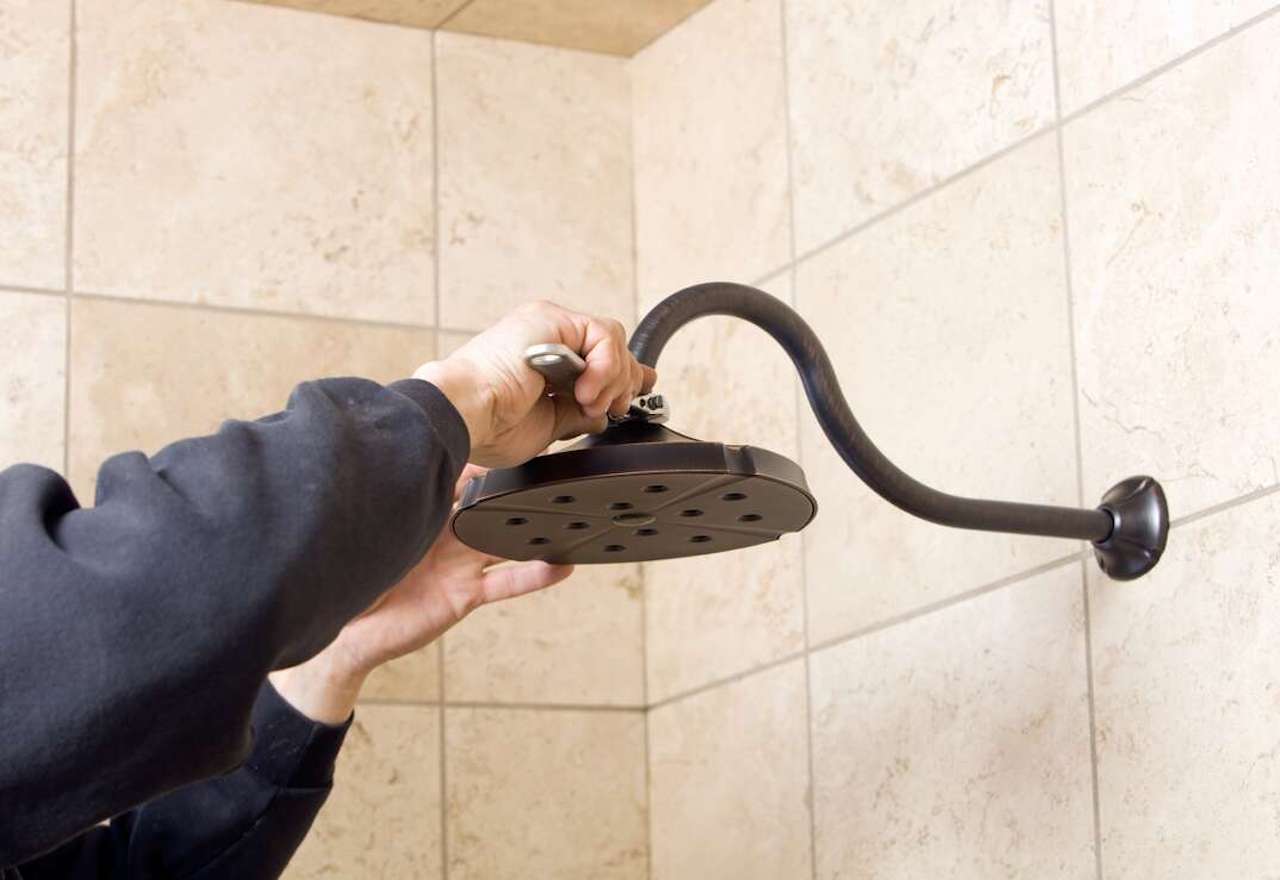

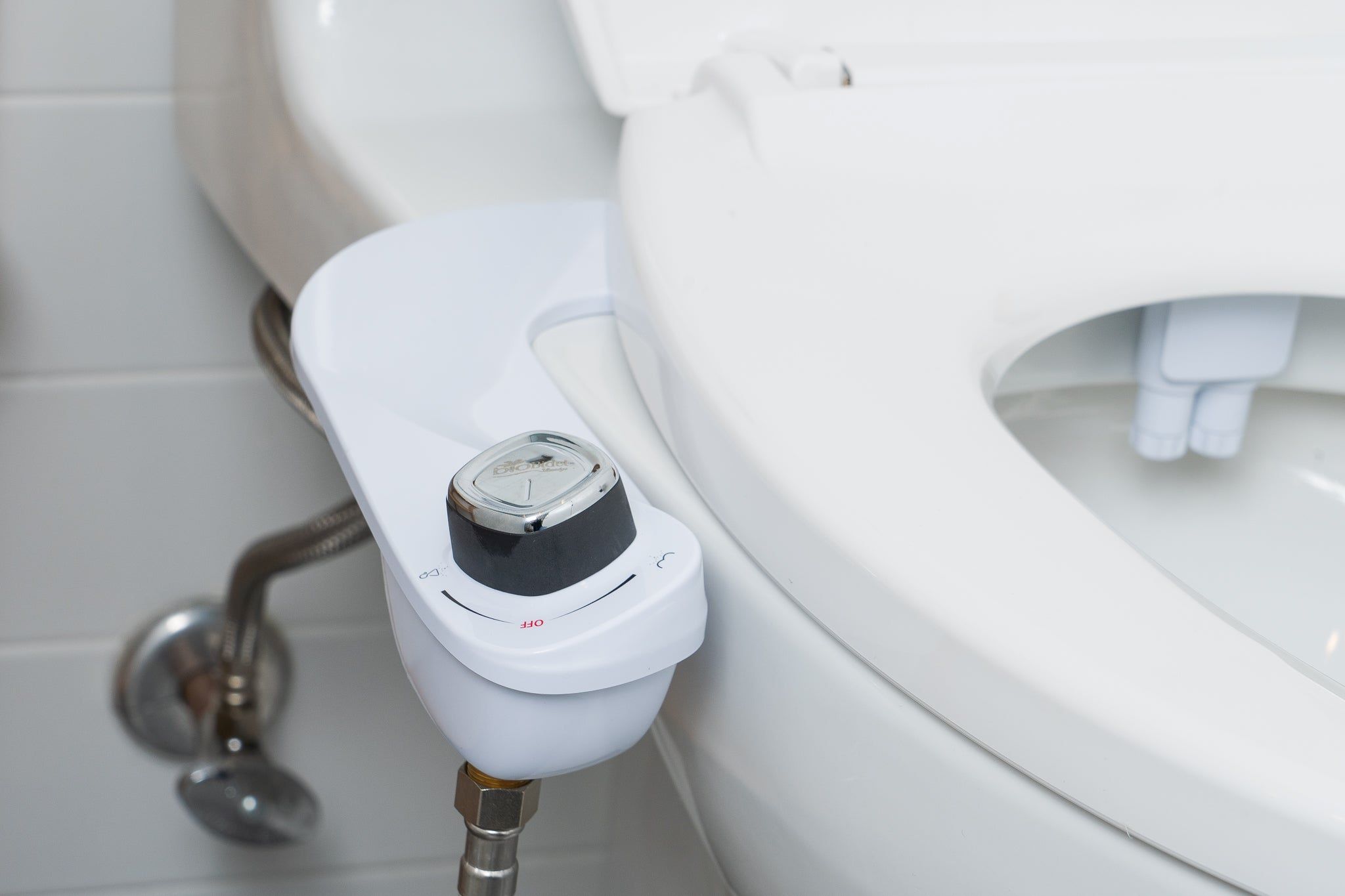
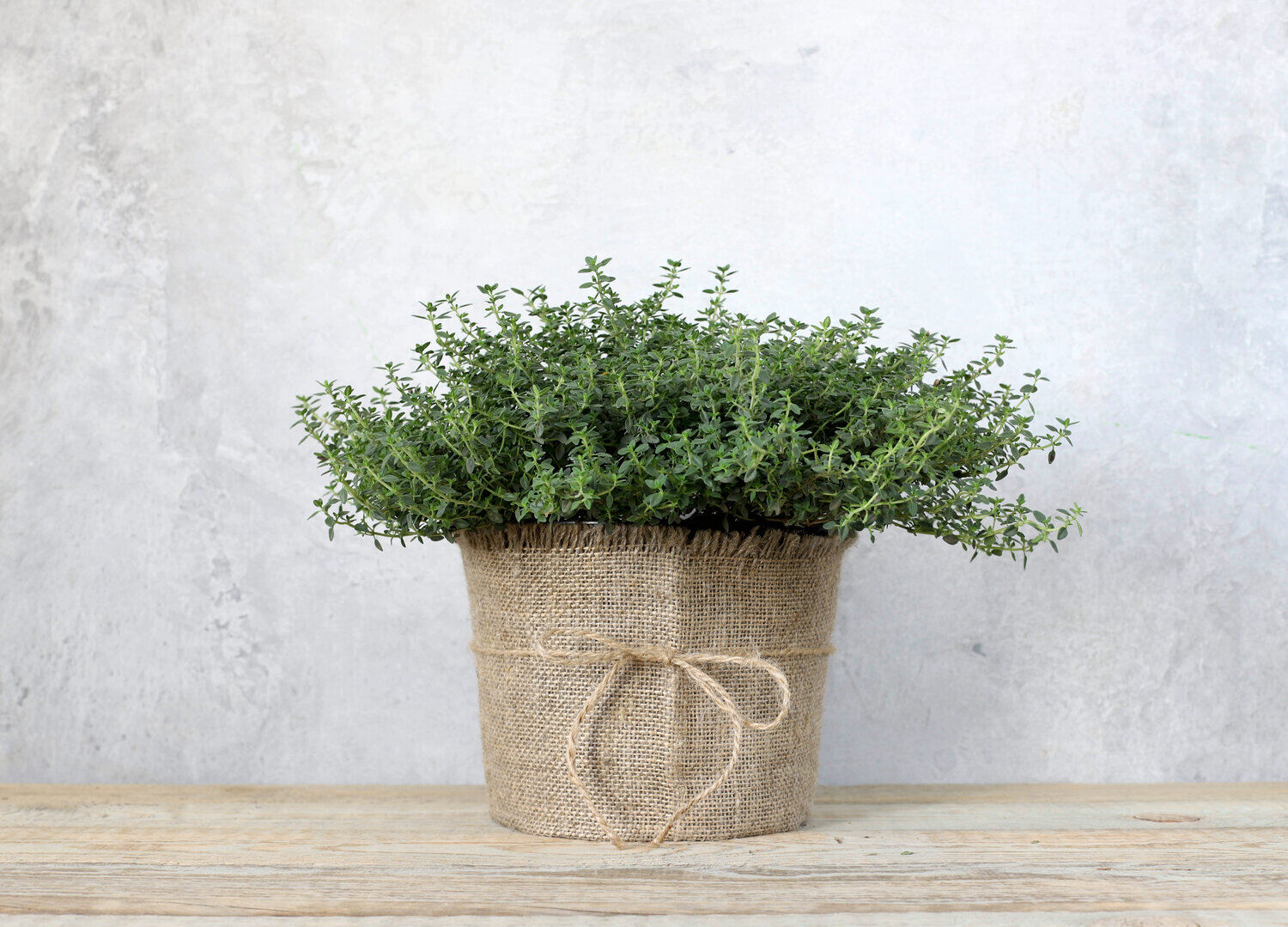
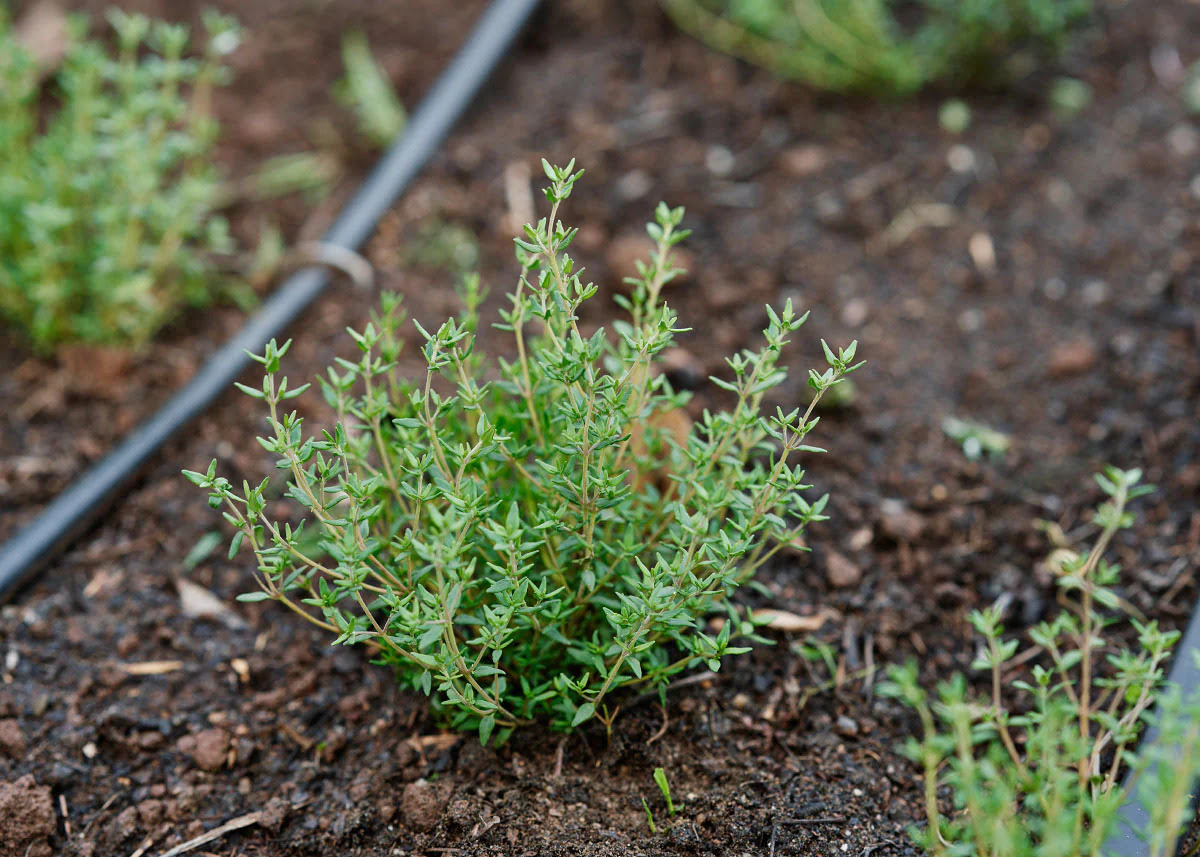






0 thoughts on “How To Take Thyme Leaves Off The Stem”